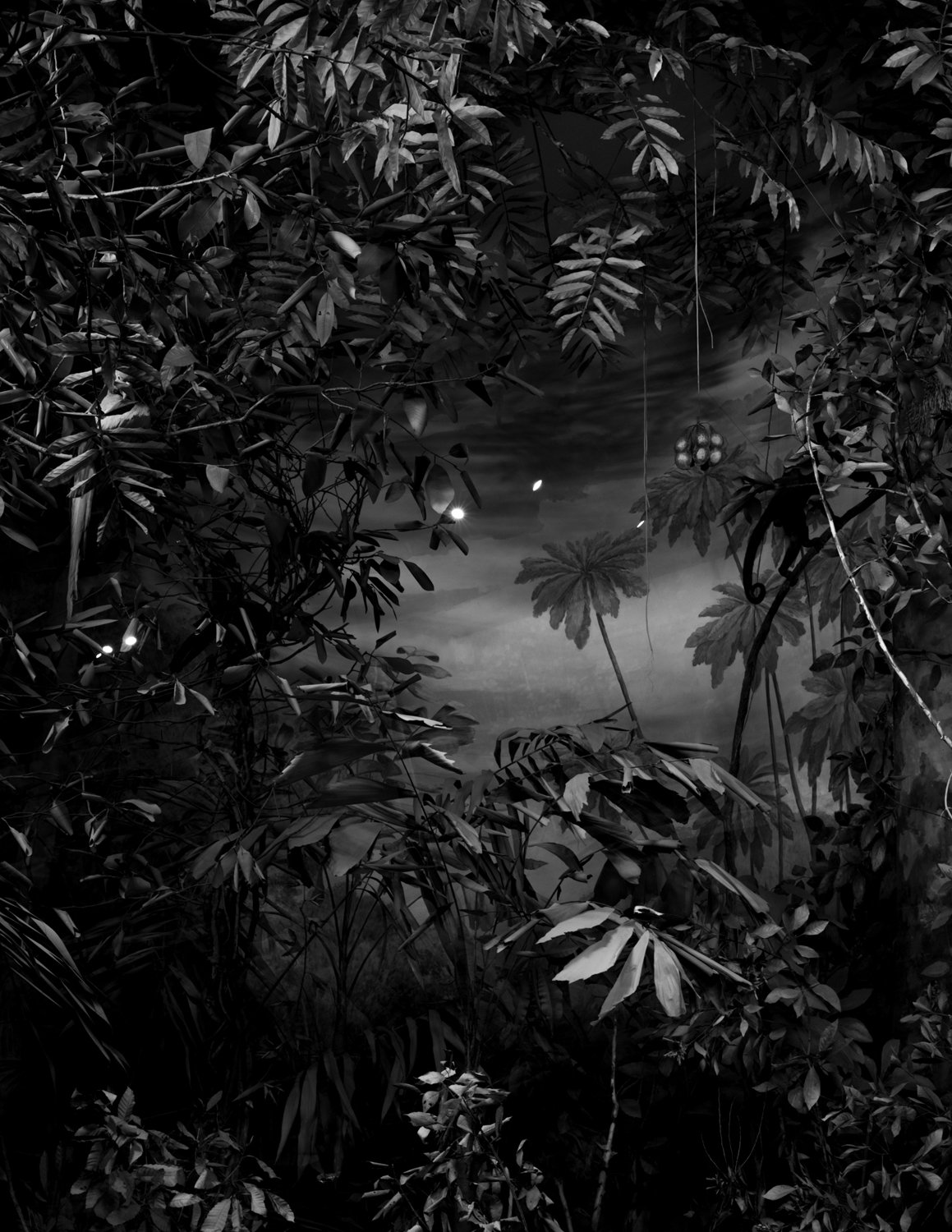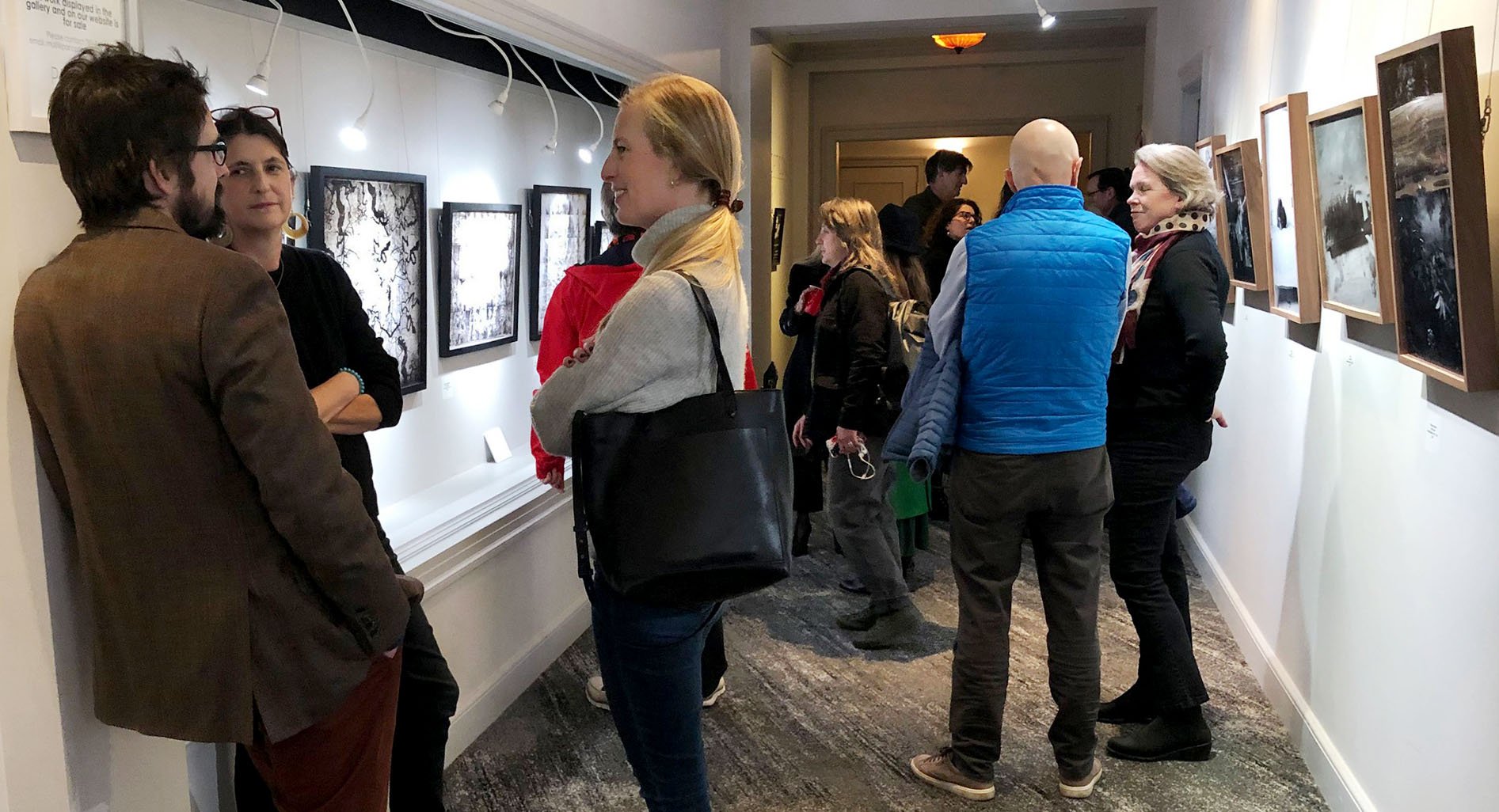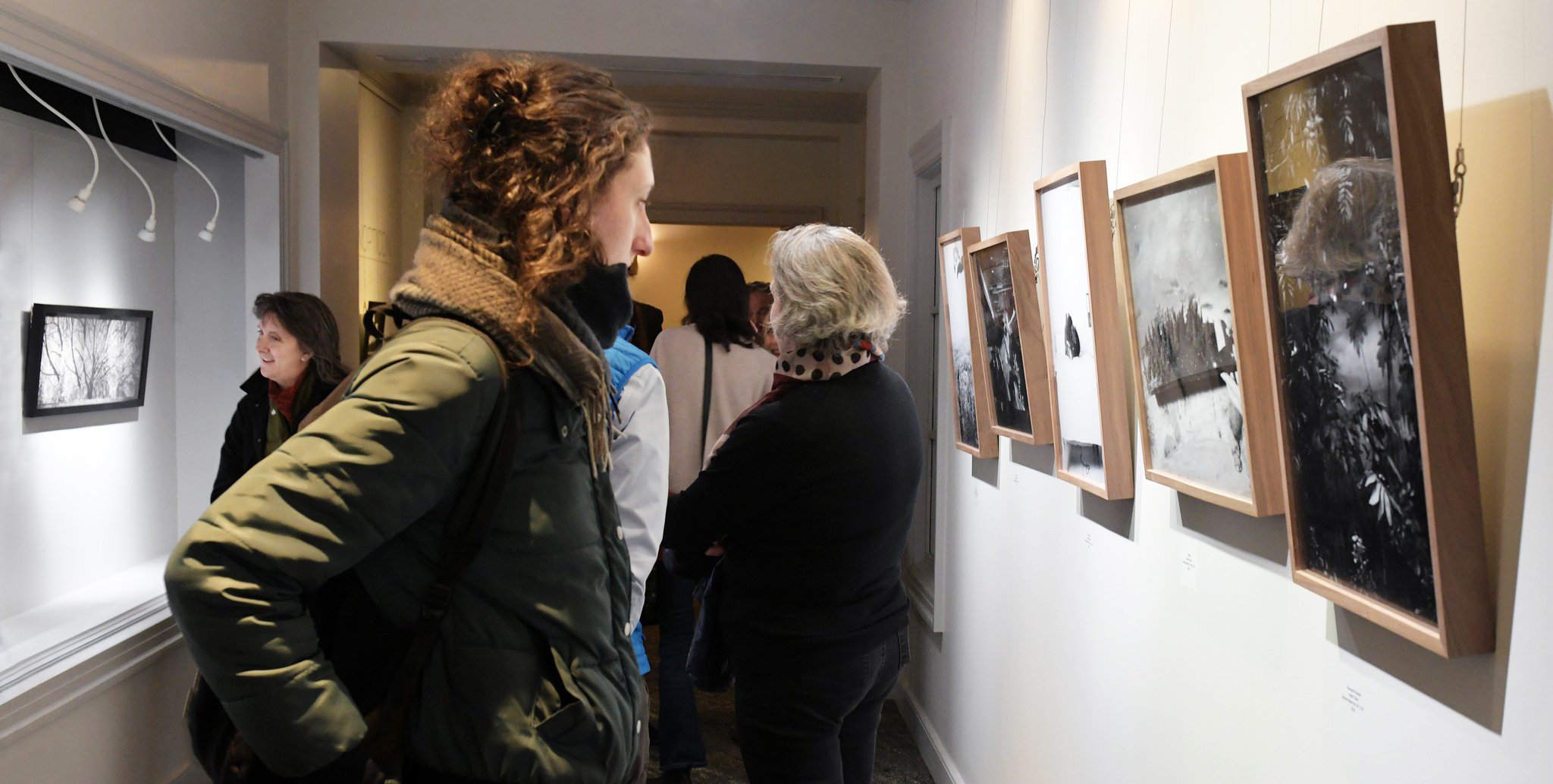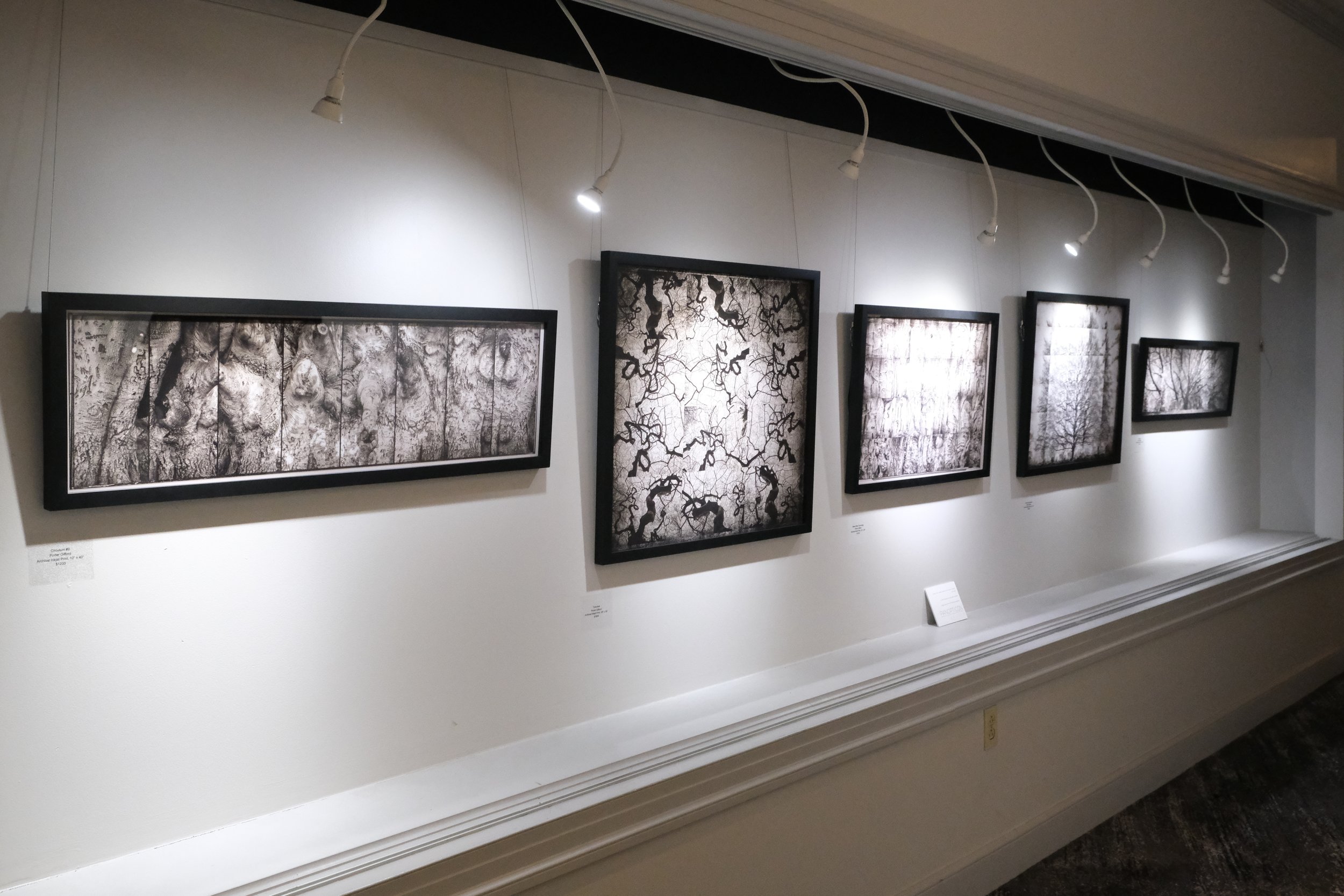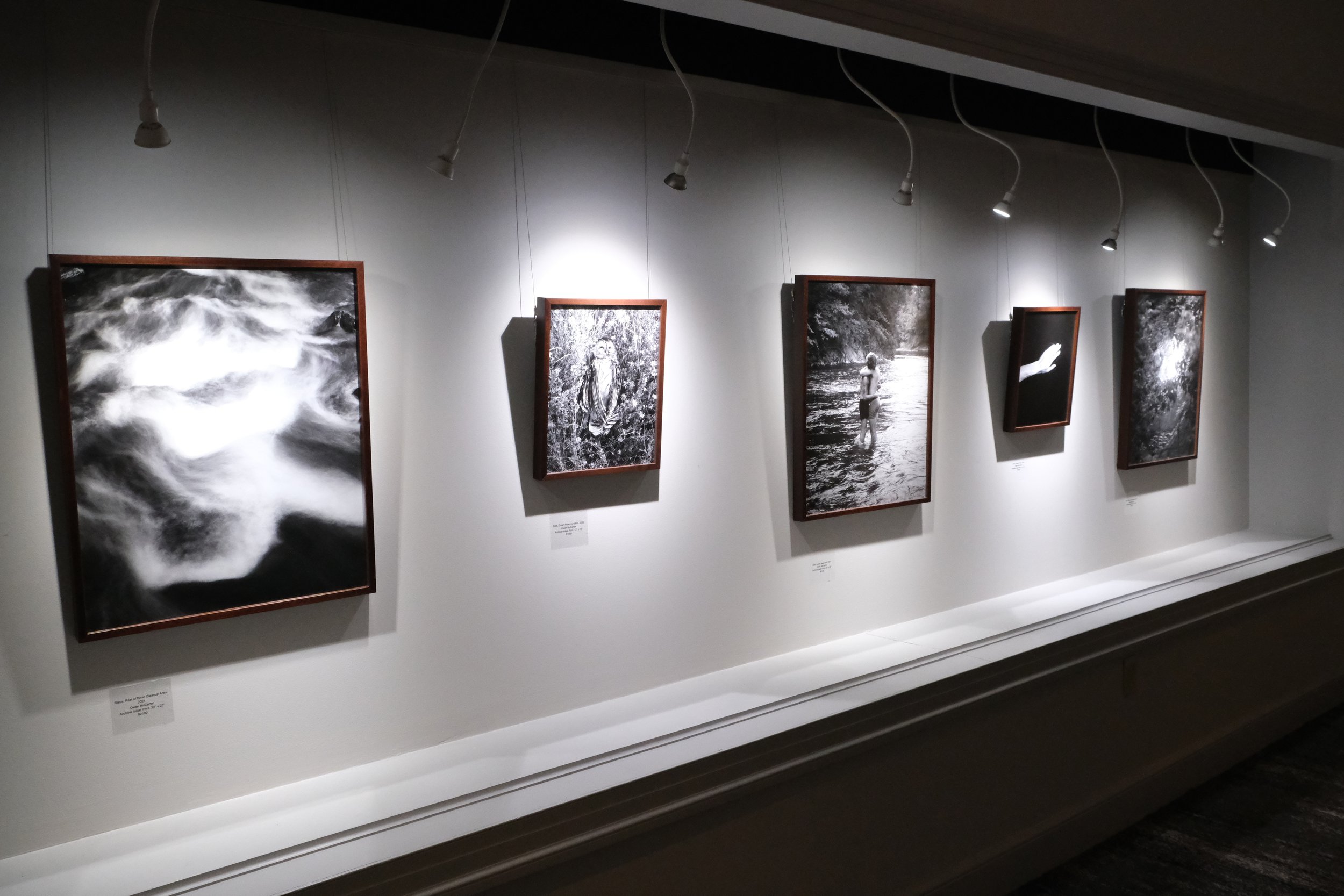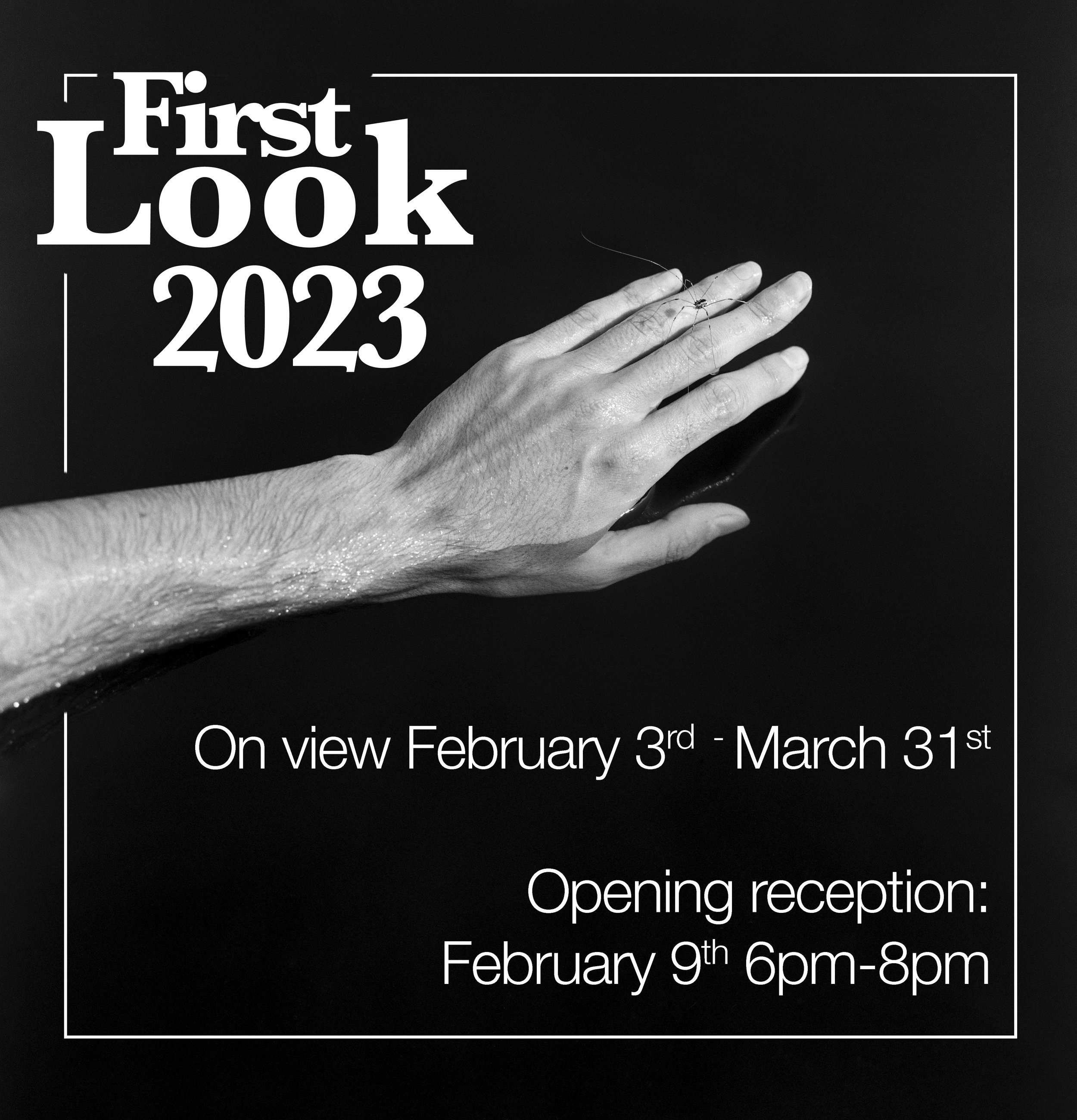Every photograph tells a story. When part of a body of work, the photograph takes on new meaning, becoming part of a bigger and more complete narrative. A portfolio allows the photographer to explore the complexities of their subject, and provide context that gives it richness and meaning that is more than the sum of its parts. Panopticon Gallery is pleased to share “First Look 2023,” our annual juried portfolio showcase, where five portfolios have been selected for exhibition on view from February through March 2023.
All work is available for purchase. Please contact director@panopticongalery.com for more information.
Austin Cullen, "A Natural History (Built to be Seen)"“A Natural History (Built to be Seen) catalogs the various ways the western natural world is presented and reconstructed within museums. Documenting the life cycle of natural exhibitions, from inception to storage, both literally and metaphorically depicts how institutions shape nature. Dramatic dioramas, interactive virtual experiences, and miniaturized landscapes all act as windows into the natural world. While this framing acts as a guide for reading and understanding nature, the same frame can be analyzed to understand the complex and ever-changing relationship between people and land.
Museums teach us about our environment, but often separate us from it. In an age of global climate crisis, it’s imperative to re-evaluate our understanding of and relationship with nature. By creating images that subvert the viewer's ideas of what is natural or not, I’m asking the viewer to recognize how influential museum nature is on their understanding of the larger natural world.” Artist Website
Porter Gifford, "Lingua Arborum"“Lingua Arborum deconstructs the visual expression of the beech tree, one of the most expressive of the great trees of the forest. The profound connection between humans and trees began eons ago when our ancestors lived in and among their branches. This interdependence has since been explored in an almost infinite number of ways - in literature, art, philosophy, and medicine. Recent scientific research has further advanced the connection by uncovering possible biological factors present in this deep relationship. Best known for their elephant-gray trunks and spreading limbs, the beech is firmly planted near the center of our communication with and about the natural world, and may be able to tell us more about that world than we yet understand. My photographs explore the visual language of the beech in ways that may help us begin to see what it is that they are saying.'“ Artist Website
Owen McCarter, “Three Eyed Fish”“The river winds through the hills like a caught snake.
It's dark body, twisting back and forth.
It’s mouth is always open, always swallowing.
I remember when we made our own fishing rods and caught trout in the bend by the old church. We returned home beaming, holding their lifeless bodies like treasured silver. It was then that we learned more about our river, that we had killed the animals, but we could not eat them. That the mud around our ankles and on our arms was contaminated sediment. Like a day in English class we memorized new vocabulary: superfund site, bioaccumulation, Polychlorinated Biphenyl. The list went on and on, but one word stuck out. My grandfather had recently died because of this word, so I knew it. Cancer.
This project centers on the Housatonic River in Western Massachusetts and pollution caused by the General Electric superfund site at the river’s source. Using both documentary and constructed narrative imagery the work examines our cognition of place and identity through past, present, and anticipated future experiences. I want to question what it means to inherit toxicity? How does my generation reconcile with loss and what does our imagined future look like? The work exists within this murky area, each element a transitory symbol. The river is never the same: it is a site of death, it is a womb, it is holy water.” Artist Website
Ann Prochilo, “This Is Water”“This Is Water explores self-awareness and its nemeses: blind certitude and unconsciousness.
It is inspired by a story shared by David Foster Wallace in a commencement speech: “There are these two young fish swimming along and they happen to meet an older fish swimming the other way, who nods at them and says, ‘Morning, boys. How’s the water?’ And the two young fish swim on for a bit, and then eventually one of them looks over at the other and goes, ‘What the hell is water?’”
I love this parable and its reminder that essential things are all around us, hidden in plain sight. This project examines what is above and below the surface, shifting mediums and bending light. It seeks to illuminate the malleable foundations upon which we make meaning and take actions that impact ourselves, others, and the environment around us. I use water to depict transitional moments that precede transformation — those potent and vulnerable moments before something emerges, or does not. Water reveals and water hides. It points to ways in which we are ego-deluded and dissociated from ourselves — drawn, as to a siren’s call, to an anesthetized oblivion.
While it is possible to correct for optical distortions caused by light passing through water, I choose not to. I embrace refraction, diffusion, and reflection in service to illusion. To the extent that dissonance is an uncomfortable, but necessary starting place for self-awareness, it is my thesis (and fervent prayer) that grappling with ambiguities is a powerful tool for awakening. Just as the struggle for transformation defines my quest, it defines each person’s journey between unconsciousness and self-awareness. I believe our task as human beings is to wake to ourselves and the waters in which we swim so that we may choose right action in the world. For me, that means not foundering in a sea of willful ignorance or being rendered mute by those who would drown my voice. And like our two young fish, it means swimming along, constantly reminding myself that “this… is water.” “ Artist Website
Catherine Panebianco, "Anima Fabula"“Powerful animal connections have been a part of my life since I was a child. Using metaphor and symbolism, this series explores those intimate connection through the interpretation of animal and human spirit. When I happen upon these beautiful creatures in my everyday life, it’s as if the folk tales read during my childhood, with their magical relationships between animals and humans, have come to life.” Artist Website


